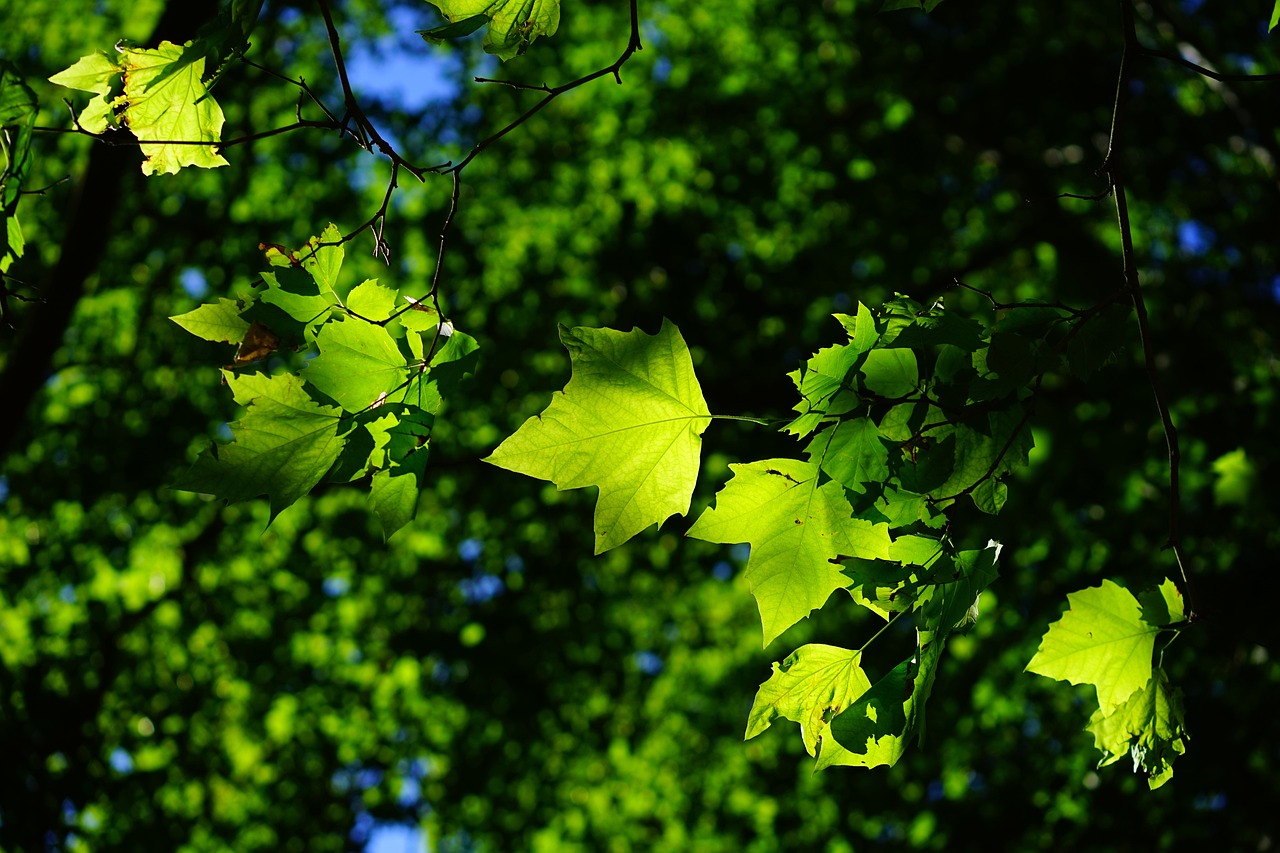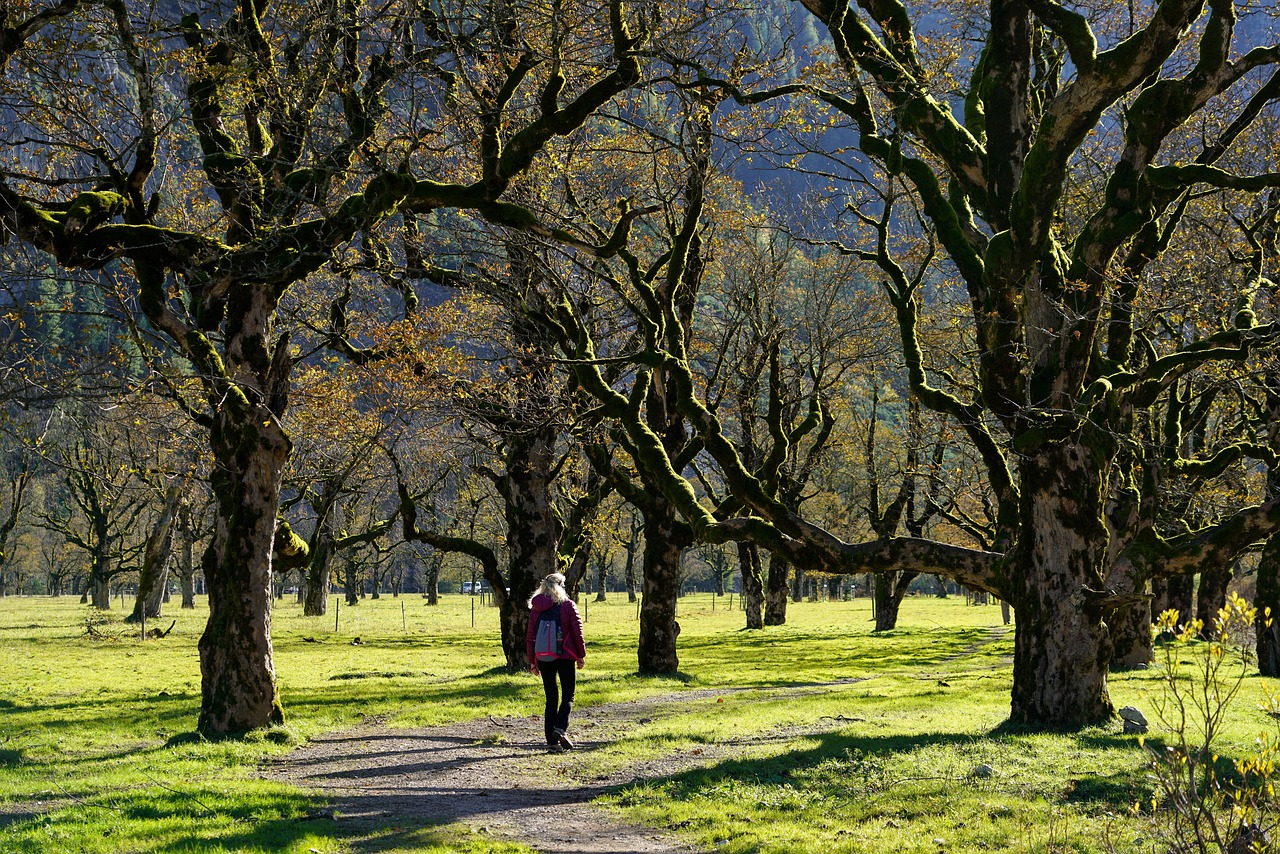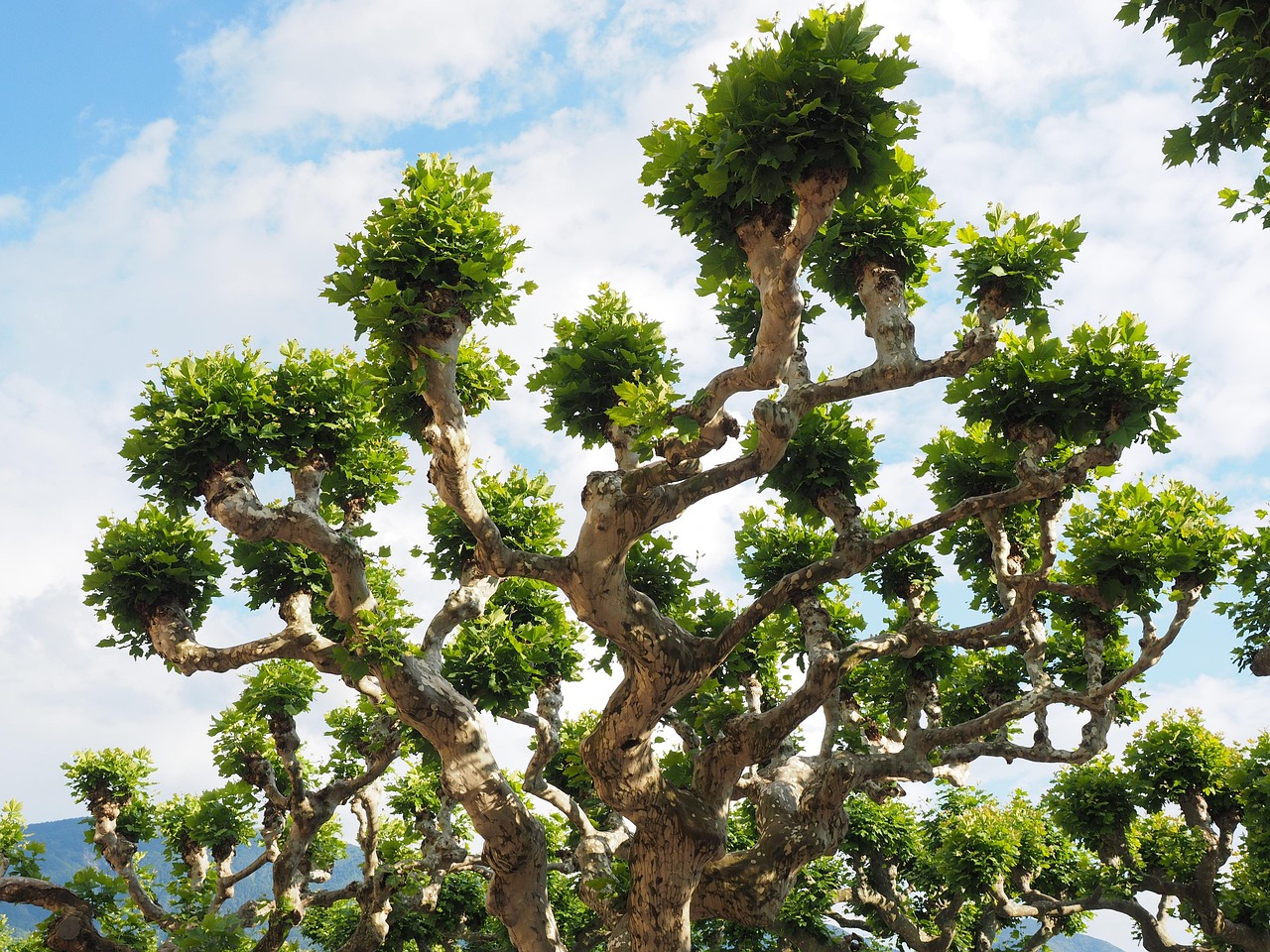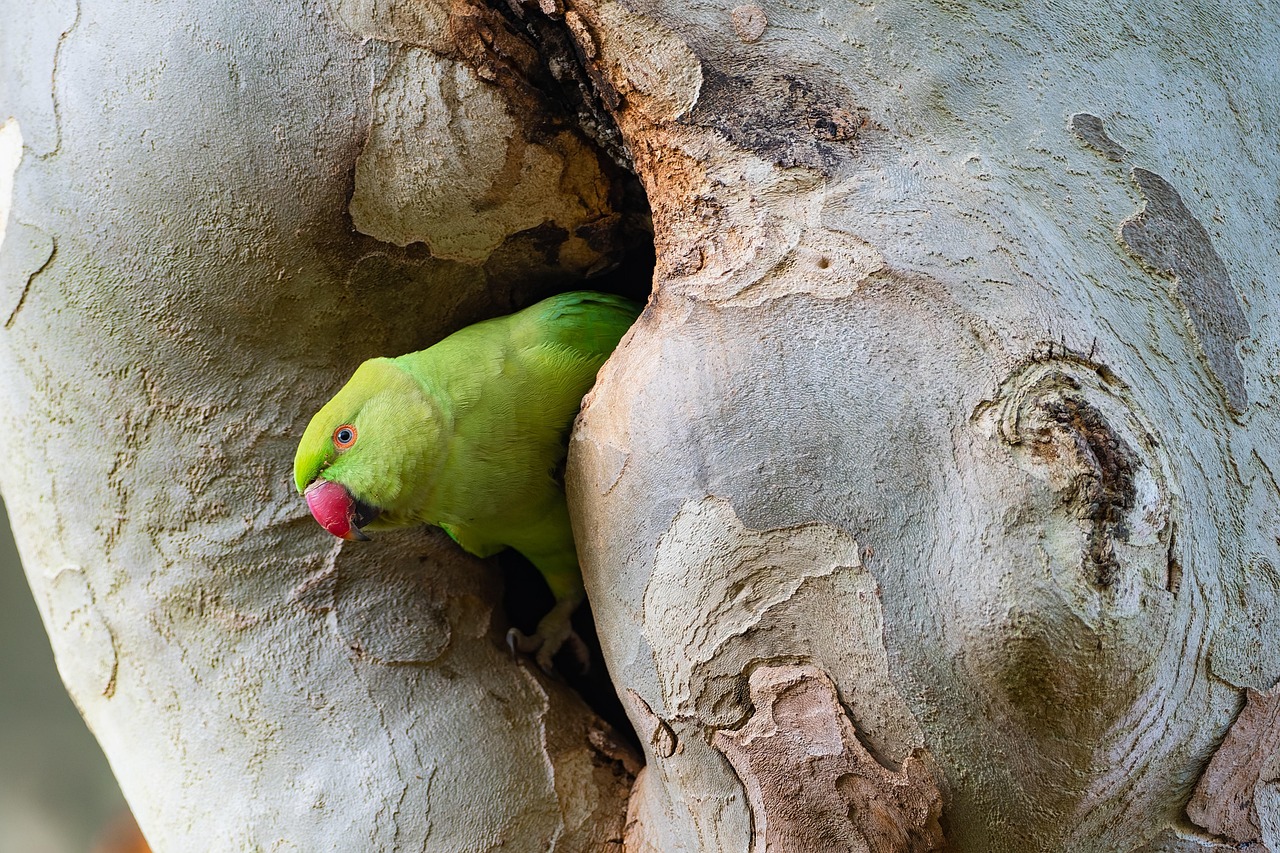The sycamore tree is known for its rapid growth rate, typically reaching heights of 50 to 70 feet within 10 to 15 years. Under ideal conditions, this tree can grow up to 3 feet per year, making it an excellent choice for quick greening in landscapes.
Sycamore trees are native to North America and are popular for their broad, spreading canopy and attractive bark. They thrive in various soil types and can adapt to urban environments. Their fast growth makes them a favored option for gardeners and landscapers looking to establish shade quickly.

This species, known scientifically as Platanus occidentalis, is part of the plane tree family. Sycamores are often planted along streets and in parks due to their ornamental value and ability to tolerate pollution. Many people appreciate their large leaves that provide ample shade during hot summer months.
Growth Characteristics of Sycamore Trees
The growth characteristics of sycamore trees depend on several environmental factors. Understanding these factors can help in planning for their successful cultivation. Below are key aspects that influence their growth:
- Soil Type: Sycamores prefer moist, well-drained soils but can tolerate clay and compacted soils.
- Water Availability: Regular watering is essential, especially during dry spells. However, they can withstand some drought once established.
- Sunlight: These trees thrive in full sun. A minimum of six hours of direct sunlight daily is ideal.
- Temperature: Sycamores grow best in temperate climates. They are hardy in USDA zones 4 through 9.
The growth rate of sycamore trees can significantly vary based on these factors. In optimal conditions, some sycamores can achieve remarkable heights and widths in just a few years.

Growth Rate Comparison with Other Trees
When considering the sycamore’s growth rate, it’s helpful to compare it with other common tree species. The following table outlines the average growth rates of various popular trees:
| Tree Species | Average Height (Feet) | Growth Rate (Feet per Year) |
|---|---|---|
| Sycamore | 50-70 | 2-3 |
| Red Maple | 40-60 | 1-2 |
| Silver Birch | 30-50 | 1-2 |
| Oak (White) | 60-100 | 1-2 |
| Pine (Eastern White) | 50-80 | 1-3 |
This table illustrates that the sycamore tree has one of the fastest growth rates among commonly planted trees, which makes it an attractive option for those looking to create green spaces quickly.
In addition to its rapid growth, the sycamore tree offers multiple benefits. Its large leaves help in providing shade, which can lower cooling costs in nearby buildings. Furthermore, sycamores are known to improve air quality by absorbing pollutants.

The development patterns of sycamore trees also contribute to their resilience against pests and diseases. With proper care, these trees can live for several decades, serving as a long-term investment in landscaping.
Understanding the growth rate and characteristics of the sycamore tree allows homeowners and landscapers to make informed decisions about planting. This knowledge is vital for achieving a lush and vibrant landscape quickly.
Planting and Care for Sycamore Trees
Planting sycamore trees requires careful consideration to ensure they thrive in their new environment. Proper site selection and care techniques can greatly influence their growth rate and overall health. Here are essential tips for planting sycamore trees:

Site Selection
Choosing the right location for planting a sycamore tree is crucial. Consider the following factors:
- Space: Sycamores can grow quite large. Ensure there is enough room for both the height and width of the tree.
- Sunlight: Select a spot that receives full sun to promote healthy growth.
- Soil Conditions: Aim for well-drained, moist soil. Avoid areas with poor drainage that may lead to root rot.
Planting Process
The planting process is vital for establishing a healthy sycamore tree. Follow these steps for best results:
- Prepare the Site: Clear the area of any grass, weeds, or debris. Dig a hole that is twice as wide and the same depth as the root ball.
- Examine the Roots: Before placing the tree in the hole, check the roots. If they are tightly bound, gently loosen them.
- Position the Tree: Place the tree in the center of the hole. Ensure that the top of the root ball is level with the surrounding soil.
- Fill and Water: Backfill the hole with soil, gently tamping it down to eliminate air pockets. Water thoroughly to settle the soil around the roots.
Watering and Fertilization
Watering and fertilization are critical components of tree care. Sycamore trees require specific amounts of water and nutrients to thrive.
Watering Needs
Newly planted sycamores need regular watering to establish strong roots. The following guidelines can help:
- Frequency: Water deeply once a week during dry periods, especially in the first growing season.
- Soil Moisture: Check the soil moisture regularly. The top couple of inches should feel moist, but not soggy.
- Avoid Overwatering: Be cautious not to let water pool around the base, as this can cause root rot.
Fertilization Recommendations
Fertilization can boost growth and improve overall health. Consider these tips:
- Timing: Fertilize in early spring before new growth begins.
- Type of Fertilizer: Use a balanced fertilizer with equal parts nitrogen, phosphorus, and potassium (e.g., 10-10-10).
- Application Rate: Follow package instructions for application rates based on the tree’s age and size.
Pest and Disease Management
Like all trees, sycamores are susceptible to various pests and diseases. Early detection and management practices can help maintain tree health.
Common Pests
Some common pests that may affect sycamore trees include:
- Aphids: Small insects that can cause leaf curling and yellowing.
- Scale Insects: These pests attach themselves to branches, sucking sap and weakening the tree.
- Borers: Wood-boring insects can damage the inner bark, leading to dieback.
Disease Prevention
Sycamores can also face various diseases. Here are some common issues:
- Sycamore Anthracnose: A fungal disease that causes leaf spots and can defoliate trees in spring.
- Cankers: These are dead areas on branches that can lead to branch dieback.
Regular monitoring for signs of pests or diseases is essential. If detected early, many problems can be managed through appropriate treatment options such as insecticidal soaps or fungicides.
Cultivating healthy sycamore trees requires knowledge of their specific needs in terms of planting, watering, fertilization, and pest management. With proper care, they will flourish and contribute to vibrant landscapes for years to come.
Environmental Benefits of Sycamore Trees
Beyond their aesthetic appeal and rapid growth, sycamore trees offer numerous environmental benefits. Understanding these advantages can help promote their planting in urban landscapes and natural settings alike.
Air Quality Improvement
One of the most significant benefits of planting sycamore trees is their ability to improve air quality. Sycamores actively absorb carbon dioxide and release oxygen through photosynthesis. Moreover, they can filter pollutants from the air, including:
- Particulate Matter: Sycamores trap dust, pollen, and smoke, reducing air pollution.
- Volatile Organic Compounds (VOCs): These trees help in absorbing harmful gases emitted from vehicles and industrial processes.
Soil Erosion Control
Sycamore trees also play a vital role in controlling soil erosion. Their extensive root systems help stabilize the soil, preventing it from washing away during heavy rains. This is particularly beneficial in areas prone to flooding or landslides. Key aspects include:
- Root Structure: The deep and wide roots bind the soil together, providing a natural barrier against erosion.
- Leaf Litter: As sycamores shed their leaves, they create a layer of organic matter. This helps retain moisture in the soil and promotes nutrient cycling.
Biodiversity and Habitat Support
Sycamore trees are essential for supporting biodiversity in local ecosystems. They provide habitat and food for various wildlife species.
Wildlife Habitat
The dense foliage and large trunk of sycamores create an ideal habitat for numerous animals. Some examples include:
- Birds: Many bird species, such as woodpeckers and songbirds, nest in sycamore trees.
- Squirrels: These agile creatures often use sycamores for nesting and foraging.
- Insects: The tree’s bark and foliage support various insect species, which serve as food for birds and other wildlife.
Supporting Pollinators
Sycamores are also beneficial for pollinators like bees and butterflies. Their flowers provide nectar and pollen, attracting these vital species to gardens and landscapes.
Cultural and Historical Significance
In addition to their environmental benefits, sycamore trees hold cultural and historical significance in many regions.
Traditional Uses
Historically, various Native American tribes utilized sycamores for different purposes. Some notable uses include:
- Medicinal Properties: Different parts of the sycamore tree were used in traditional medicine.
- Crafting Materials: The wood was used for making tools, baskets, and other crafts due to its durability.
Aesthetic Appeal in Landscapes
The unique appearance of sycamore trees, with their mottled bark and large leaves, adds character to any landscape. They are often used in public parks, along streets, or as focal points in residential gardens. Here are some design considerations:
- Shade Provision: Their broad canopy provides excellent shade, making them perfect for picnic areas or playgrounds.
- Seasonal Interest: Sycamores offer year-round beauty, with vibrant fall colors that attract attention.
Challenges of Growing Sycamore Trees
Despite their many advantages, there are some challenges associated with growing sycamore trees that potential planters should consider.
Space Requirements
Sycamores can grow quite large, requiring ample space both above ground and below. Homeowners must ensure there is enough room for their expansive root system and canopy.
Pest Vulnerability
As mentioned previously, sycamores may be susceptible to certain pests and diseases. Regular monitoring is necessary to maintain tree health and prevent infestations.
Water Needs
While sycamores are relatively drought-tolerant once established, they need consistent watering during their early growth stages. In areas experiencing prolonged droughts, supplementary watering may be required to ensure healthy development.
Awareness of these challenges can help enthusiasts make informed decisions about planting sycamore trees while maximizing their benefits to the environment and community.
Additional Considerations for Sycamore Tree Care
As we delve deeper into the care and management of sycamore trees, there are a few additional considerations that can enhance their growth and ensure they thrive in various conditions.
Pruning Techniques
Proper pruning is essential for maintaining the health and aesthetic appeal of sycamore trees. Here are some important pruning practices:
- Timing: The best time to prune sycamores is late winter or early spring before new growth begins. This timing helps reduce stress on the tree.
- Remove Dead or Diseased Wood: Regularly inspect the tree for dead branches or signs of disease. Removing these helps prevent further issues.
- Shape and Structure: Prune to enhance the tree’s natural shape. This promotes healthy growth and helps prevent branch breakage due to heavy foliage.
Mulching Benefits
Applying mulch around the base of sycamore trees can provide multiple benefits:
- Moisture Retention: Mulch helps retain soil moisture, reducing the need for frequent watering.
- Temperature Regulation: It insulates the roots, protecting them from extreme temperature fluctuations.
- Weed Control: A layer of mulch suppresses weed growth, reducing competition for nutrients and water.
Assessing Growth Conditions
Regularly assessing the growing conditions of sycamore trees can significantly impact their health. Consider these factors:
- Soil Quality: Periodically test soil pH and nutrient levels to ensure optimal growing conditions.
- Light Exposure: Monitor the amount of sunlight received. If surrounding vegetation grows too dense, it may shade the tree.
- Pest Monitoring: Keep an eye out for any changes in leaf color or texture, which could indicate pest infestations.
Final Thoughts
The sycamore tree stands out as an exceptional choice for fast greening and urban landscaping. Its rapid growth rate, combined with its ability to improve air quality and support biodiversity, makes it a valuable addition to any environment. However, potential planters should be aware of the challenges associated with growing these trees, such as space requirements, pest vulnerability, and water needs.
By taking proactive measures in planting, care, and management, homeowners and landscapers can maximize the benefits of sycamore trees while minimizing potential drawbacks. Pruning, mulching, and regular assessments are key practices that enhance the overall health and aesthetic appeal of these majestic trees.
As communities increasingly prioritize green spaces and environmental sustainability, sycamore trees will continue to play a vital role in achieving these goals. Their beauty and functionality make them an ideal choice for creating vibrant landscapes that not only enrich our surroundings but also contribute positively to our ecosystems.
In summary, understanding the growth rate, care requirements, and ecological contributions of sycamore trees can empower individuals to make informed decisions about their landscaping choices. With proper attention and care, sycamores can flourish and provide a lasting impact on both the environment and community aesthetics.
